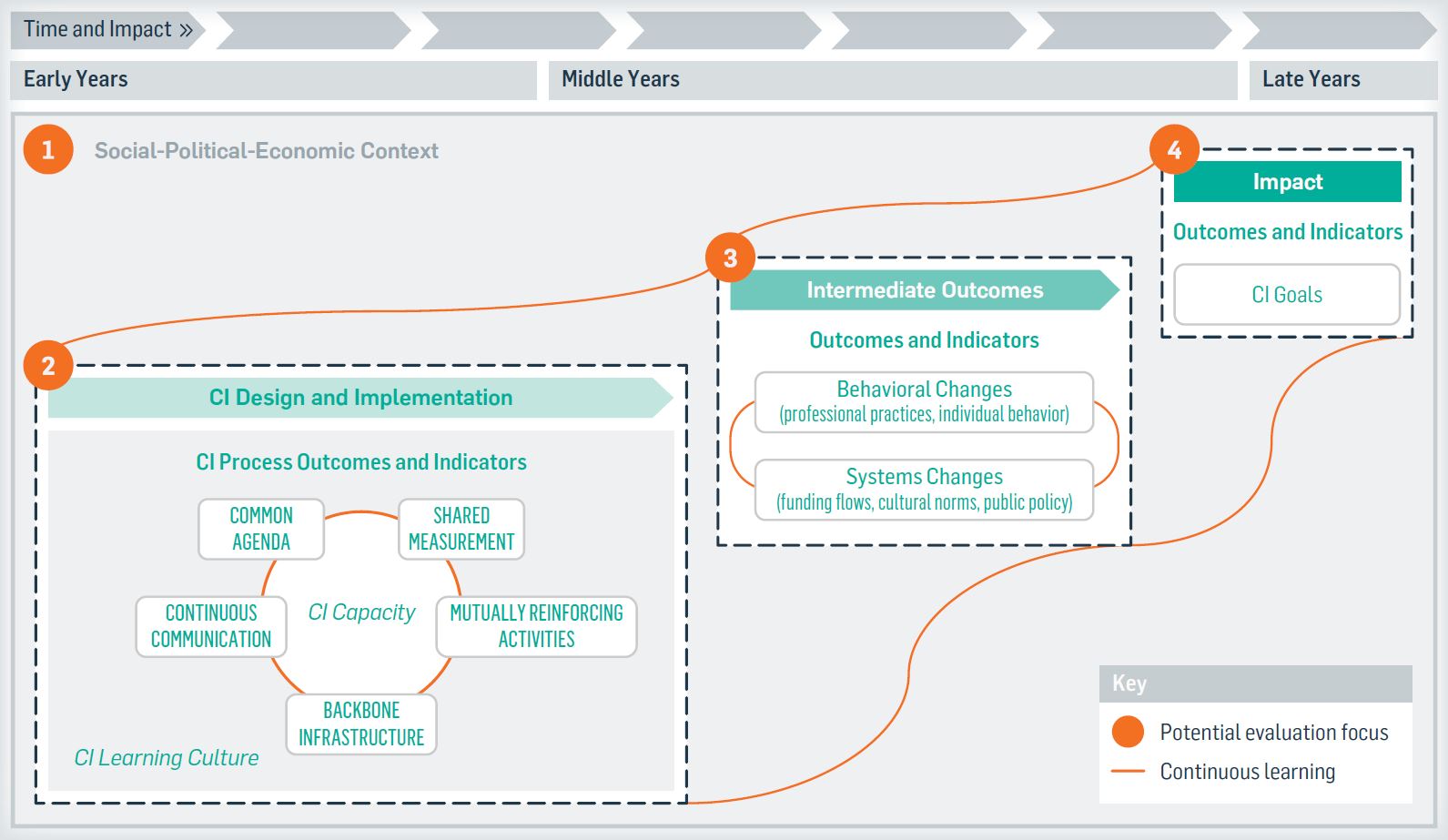The field of implementation science has experienced an exciting surge of activity over the past two decades, including many proposed conceptual frameworks and models to guide implementation of interventions. An emphasis on making better use of existing and emerging evidence to guide implementation of interventions is foundational to implementation science. This reflects a coming together of a number of well-established perspectives from a range of disciplines, which are woven throughout all stages of implementation. For example:
- Setting the stage for successful implementation is based on exploration of options with key stakeholders and draws on theory and practice lessons from domains such as community development, participatory action, citizen engagement, communications, policy and political science, and social networks.
- Designing interventions pulls ideas from the fields of communications, planning, management, and evaluation.
- Stages related to putting the design into practice require reflection on resource planning (e.g., human and economic resources), policy, adult learning, training, and capacity building.
- Sustaining and improving the intervention is informed by all of the above as well as tireless commitment to continuous improvement and knowledge mobilization.
The description above is not intended to be exhaustive. There are likely other theoretical and practice perspectives that will come to bear on a given intervention at a given time depending on the context within which it evolves and the focus of the intervention. Throughout this workbook we encourage people to remain open to diverse perspectives and draw from the range of ideas needed to ensure successful implementation. This workbook and other resources (i.e., community of practice, webinars, resources) are intended to provide initial guidance for implementation while encouraging appropriate contextual differences through exploration and adaptation.
The approach outlined in this workbook is aligned with other approaches used throughout the IMPACT program. For example, a developmental approach and collective impact models (see Figure 1) were used to guide evaluation of the interventions and to support LIPs in implementation and adaptation of the interventions. This approach highlights overlapping phases of planning, acting, and evaluating the program under review and is described in more detail in other documents (i.e., the Partnership Implementation Guide and the Developmental Evaluation Plan). This reflects the intent to:
- support real-time adaptation in the design and implementation of contextually relevant innovations in order to meet the needs of vulnerable populations;
- ensure ongoing knowledge mobilization among all aspects of the program of research; and
- ensure that capacity development is supported to achieve program objectives.
The stages outlined in this workbook are also aligned with the RE-AIM model, which underpins one of the overarching projects within IMPACT (see Appendix B).
Figure 1. A framework for designing and conducting performance measurement and evaluation of collective impact efforts[1]
- The Framework for Performance Measurement and Evaluation of Collective Impact Efforts from The Guide to Evaluating Collective Impact by FSG is licensed under a Creative Commons Attribution-NoDerivs 3.0 Unported License. ↵

